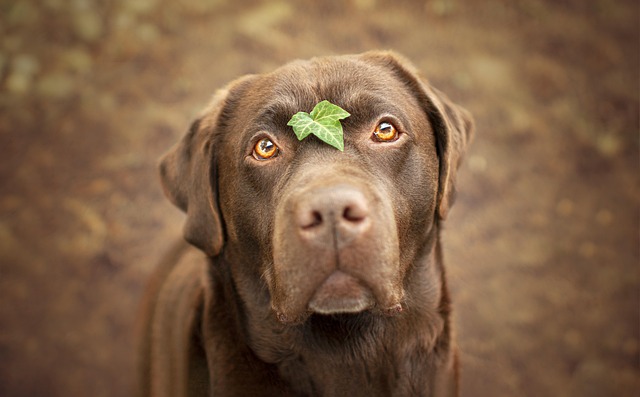
What can I use to moisturize my dog’s paws
Picture your French Bulldog, Bruno, hobbling across a salt-crusted Brooklyn sidewalk in January, licking his cracked paws as you rush him home.
If you’ve ever stood in the pet aisle holding a tiny Yorkie in one arm and a bag of dental chews in the other, you’ve probably wondered: “Is this too big? Too hard? Will it make my little guy sick?” For small dogs—think Chihuahuas, Maltese, or Pomeranians—picking the right dental chew isn’t just about fresh breath. It’s about safety: their tiny jaws, narrow throats, and sensitive tummies can’t handle just any treat. The best ones balance effectiveness (cleaning teeth) with gentleness (no choking or stomach upsets). Let’s break down what to look for.
First, let’s talk about their bodies. Small dogs have shorter snouts and smaller teeth than larger breeds, so a chew that works for a Lab will likely be a disaster for a 5-pound Pomeranian. Veterinarians recommend sticking to chews that are sized for toy breeds—no longer than 3 inches for most small pups. Texture matters too: it should be soft enough to bend with your fingers but firm enough to scrape plaque. Think of it like a soft rubbery stick—something that gives a little when chewed, instead of being rock-hard. Hard chews can crack their tiny teeth, while ones that fall apart too easily might lead to choking. My vet in Portland calls this the “thumb test”: if you can’t press into it with your thumb, it’s too tough.
So, what specific types work best? Look for chews with the VOHC (Veterinary Oral Health Council) seal—this means they’ve been tested to actually reduce plaque and tartar. Brands like Greenies make a “toy breed” version that’s 2.5 inches long, soft, and shaped to fit small mouths. My neighbor’s 7-pound Yorkie, Charlie, goes crazy for these; his vet even commented on how much brighter his teeth look after 2 months. Another good option is freeze-dried chicken strips that double as dental chews—they’re pliable, easy to break into smaller pieces, and low in calories (important for small dogs prone to weight gain). Avoid anything with artificial colors, xylitol (a toxic sweetener), or large chunks that could get stuck.
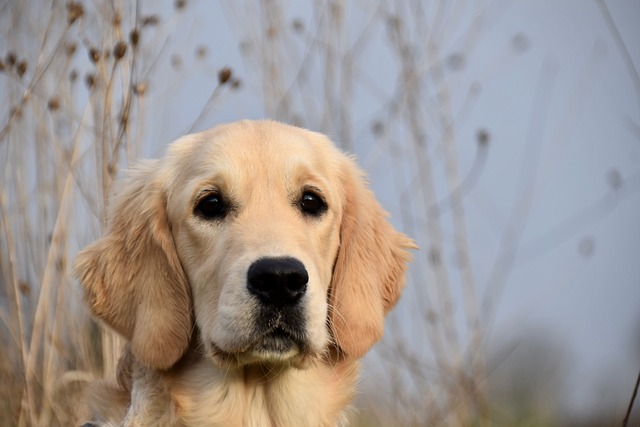
When using dental chews, timing and supervision matter. Give them once a day, after a meal, and never leave your small dog alone with one—Charlie once bit off a piece that was too big and started gagging, so my neighbor quickly removed it. For apartment dwellers, pick chews that don’t crumble into a million pieces—less vacuuming, and your downstairs neighbor won’t hear nonstop crunching at 6 AM. When you’re out in the community, don’t bring chews to the dog park—other dogs might try to steal them, sparking tiffs. And remember, dental care goes hand-in-hand with other responsibilities: keeping up with rabies vaccines (required by law in all 50 states) and always packing poop bags (fines for slacking off hit $250 in Denver) keep your pup and community healthy.
Finally, use chews as part of positive training. If your small dog hates nail trims, offer a dental chew afterward—rewarding good behavior builds trust way better than scolding. After all, a happy pup with clean teeth? That’s the goal.

Picture your French Bulldog, Bruno, hobbling across a salt-crusted Brooklyn sidewalk in January, licking his cracked paws as you rush him home.
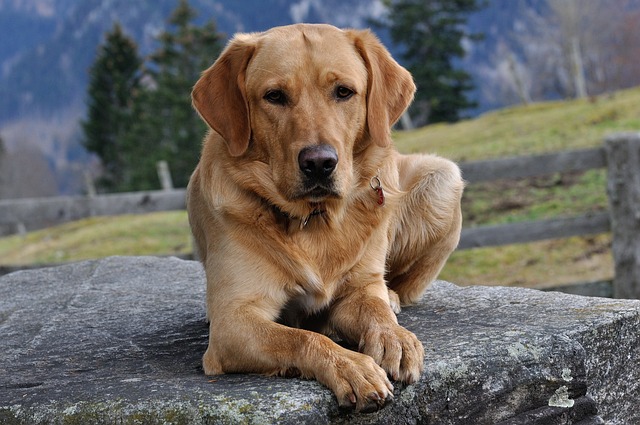
You’re out for a morning walk, and your pup suddenly stops, lifting a paw like it hurts. When you kneel to check, you notice their paw pads—usually tough and rubbery—are dry, cracked, and flaking.
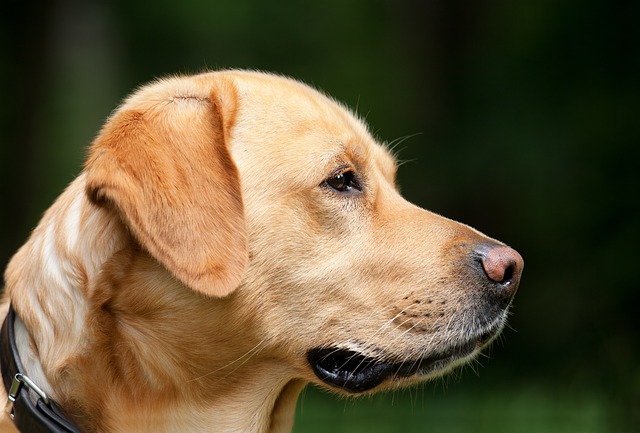
Picture your Boston Terrier, Max, blinking excessively with crusty residue around his eyes after a windy walk in Chicago. That gritty discomfort might signal dry eyes (keratoconjunctivitis sicca)
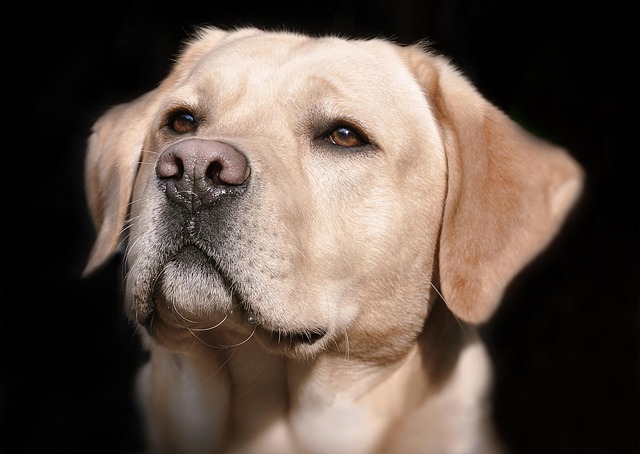
You’re relaxing after work when your Beagle, Daisy, paws frantically at her ear, whining as brownish gunk stains your apartment’s rug.
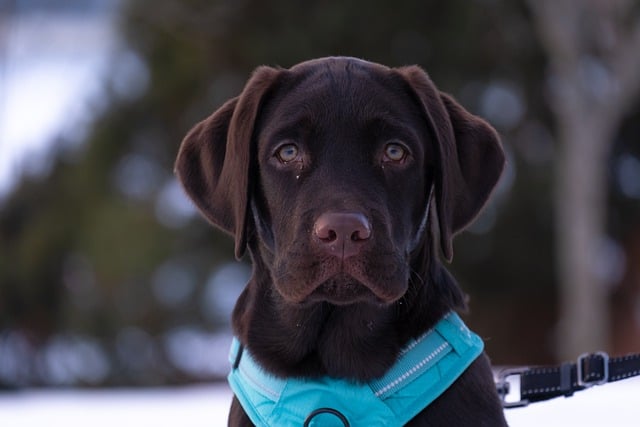
Discovering your dog constantly shaking their head, scratching their ears, or noticing an unusual odor is worrying.
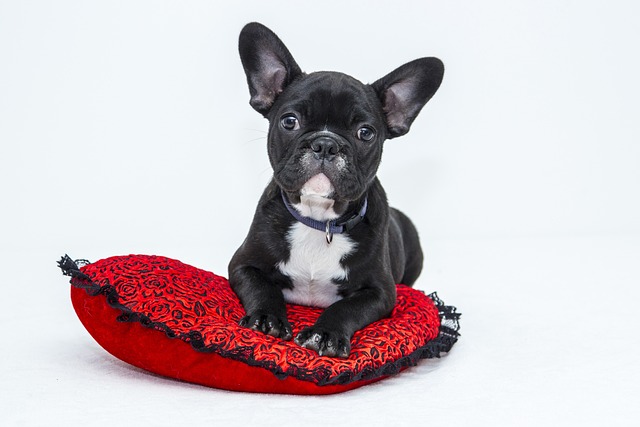
It’s a common scene for new dog owners: you’re tossing a ball in the backyard, and as your pup races back, tail wagging a mile a minute, they suddenly grab your arm with their mouth.